
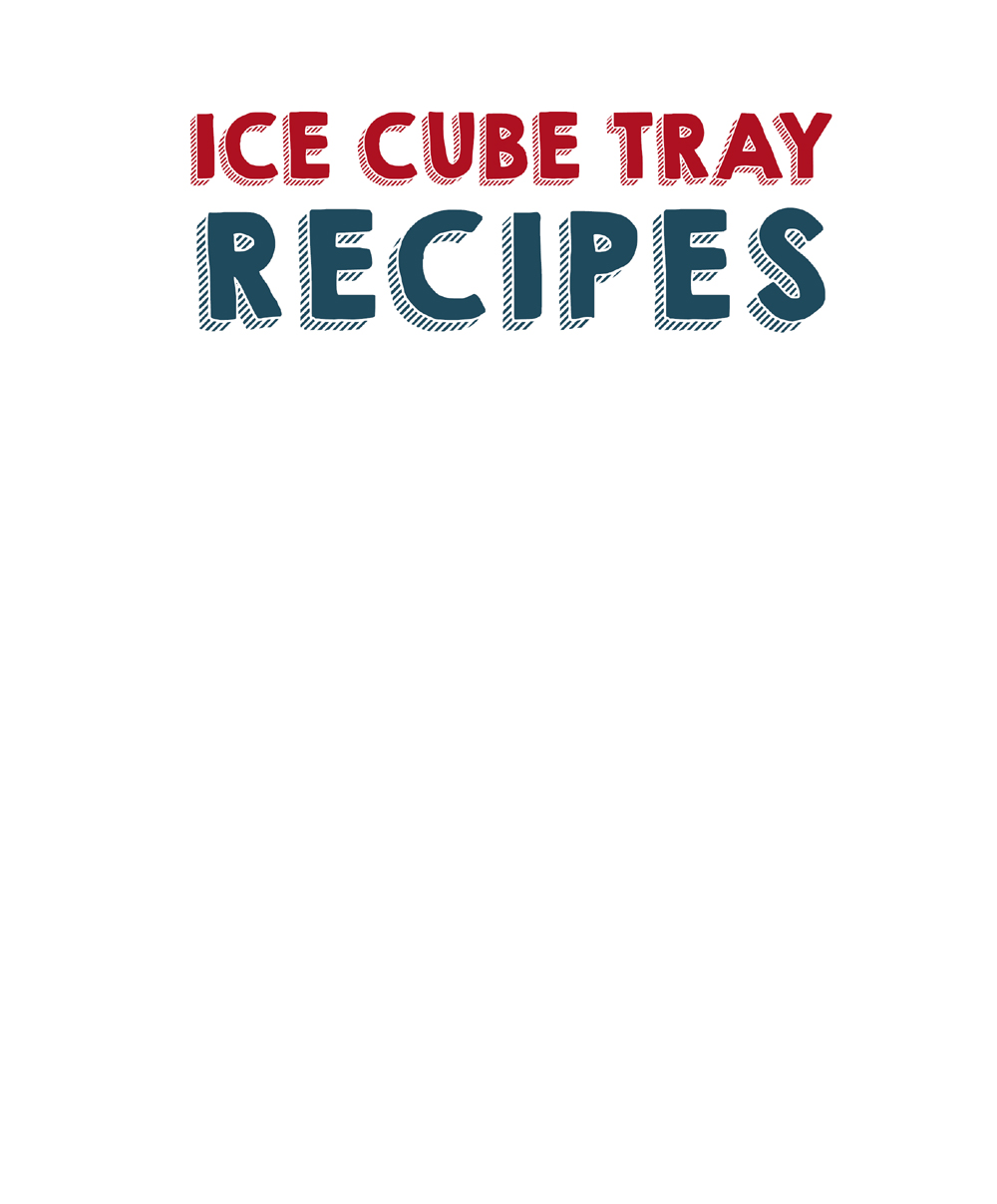
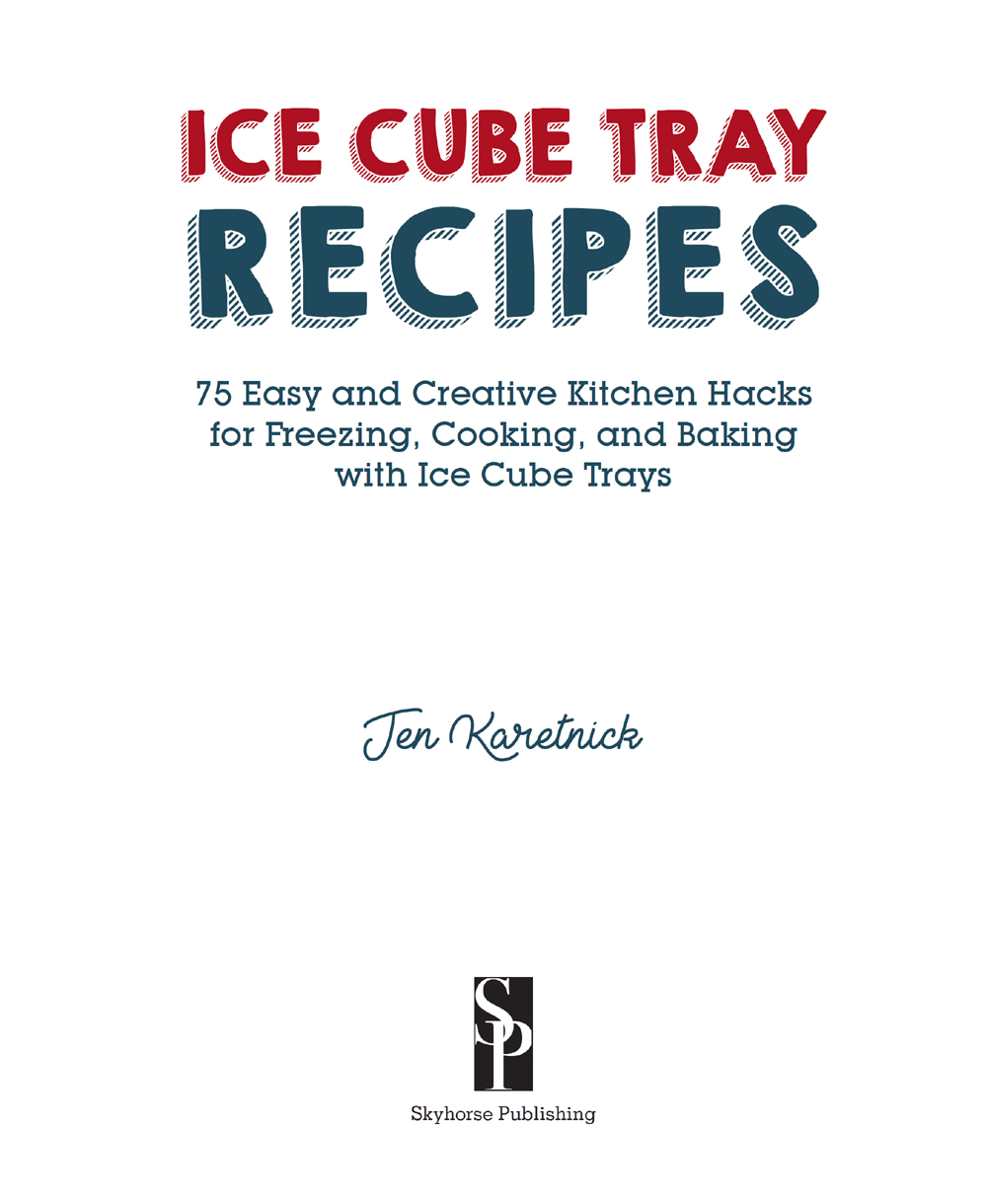 Copyright 2019 by Jen Karetnick Photographs copyright 2019 by Jen Karetnick All rights reserved. No part of this book may be reproduced in any manner without the express written consent of the publisher, except in the case of brief excerpts in critical reviews or articles. All inquiries should be addressed to Skyhorse Publishing, 307 West 36th Street, 11th Floor, New York, NY 10018. Skyhorse Publishing books may be purchased in bulk at special discounts for sales promotion, corporate gifts, fund-raising, or educational purposes. Special editions can also be created to specifications. For details, contact the Special Sales Department, Skyhorse Publishing, 307 West 36th Street, 11th Floor, New York, NY 10018 or .
Copyright 2019 by Jen Karetnick Photographs copyright 2019 by Jen Karetnick All rights reserved. No part of this book may be reproduced in any manner without the express written consent of the publisher, except in the case of brief excerpts in critical reviews or articles. All inquiries should be addressed to Skyhorse Publishing, 307 West 36th Street, 11th Floor, New York, NY 10018. Skyhorse Publishing books may be purchased in bulk at special discounts for sales promotion, corporate gifts, fund-raising, or educational purposes. Special editions can also be created to specifications. For details, contact the Special Sales Department, Skyhorse Publishing, 307 West 36th Street, 11th Floor, New York, NY 10018 or .
Skyhorse and Skyhorse Publishing are registered trademarks of Skyhorse Publishing, Inc., a Delaware corporation. Visit our website at www.skyhorsepublishing.com. 10 9 8 7 6 5 4 3 2 1 Library of Congress Cataloging-in-Publication Data is available on file. Cover design by Qualcom Cover photo credit: Jen Karetnick Print ISBN: 978-1-5107-4370-0 Ebook ISBN: 978-1-5107-4374-8 Printed in the United States of America
Contents

Introduction

How to Use This Book Ice cube trays. Youve seen them in your grandparents freezer, right? Or if youre a member of Generation X or older, you remember them yourself: the flimsy white rectangles, one stacked upon another, that no one ever refilled so there was never any ice in them. If there were cubes in them, they always tasted freezer-burned or like the stews and soups that your grandmother made sometime before the turn of the millennium and stored in mismatched take-out containers right next to (or below or beneath) the ice cubes.
Well, home cooks still store big-batch soups and such in the freezer. But other than that, times have changed, and ice cube trays have transmuted along with them. Reformed and rehabilitated, the ice cube trays of today are forged in both hard, unbreakable plastic and flexible, food-grade silicone. They come in colors that range from pastel to neon, from black and white to primary reds and blues, and in sizes and shapes inspired by mixology, exercise, and nutrition trends from all over the world. Indeed, now right in your own home, you can make two-inch spherical balls or two-inch squares of ice, like the slow-melting kind youd find in a glass of bourbon at a chic hotel somewhere. You can find trays that freeze in shapes that are long and thin, ideal for fitting into a water bottle that youd take on a jog or a bike ride.
You can make and freeze your own baby food in portion-appropriate sizes. Create cubes of latte for your iced coffee that wont dilute itor save the remaining half cup of your morning smoothie instead of throwing it away. And then there are the novelty trays that take their cues from everything from nature and holidays to popular shows, movies, books, and toys. One day you can make skull ice cubes for Halloween; the next, LEGO cubes for a childs themed birthday party. The appearance of these trays on the market has opened the door to a larger creative realm for home cooks. Because many of them are made from FDA-certified, BPA-free, baking-grade silicone, you can not only freeze in them, but you can also cook in them.
In fact, you can take these trays straight from the freezer and put them into the oven. So if you make brownies, for example, but dont want to bake all of them right away, well, heres one way you can store some of the extra batter that makes perfect sense. As a result, anything you can make in a muffin tin or a mold, you can also make in an ice cube tray. It just takes a little ingenuity! Youve probably seen a few pictures here and there on cooking and design websites. Finally, heres a book that not only provides the exact instructions on how to do it yourselfas well as what not to dobut it gives you additional ideas on how to tweak the 75 recipes. So really, in Ice Cube Tray Recipes: 75 Easy and Creative Kitchen Hacks for Freezing, Cooking, and Baking with Ice Cube Trays, youre getting about five ways to cook every recipe.
The recipes are divided into six main sections. Infusions and Decorations are pretty, flavored ice cubes that wont water down your drinks. Soups and Smoothies are work-friendly recipes that you can blend in the morning straight from the freezer or carry with you to defrost and eat cold or warm up for lunch in perfect portion sizes. Canaps will thrill all sorts of guests, from relatives during the holidays to game-day enthusiasts. Mini Mains are ideal for those nights you dont want to fuss and definitely dont want leftovers. Sides and Dressings are those little innovative touches that add pizzazz to other dishes.
And Sweets need no explanation, especially if youve followed various websites and seen all those cute popsicle-stick goodies. But there arent that many popsicle sticks in here, because I tried to give you recipes you wouldnt find anywhere else. Within each chapter, youll find 12 to 15 recipes for a range of ice cube tray shapes and sizes. Theyre designed to mix and match with each other so that you can do anything with them from keeping extra bounty from a garden to preparing a light meal for yourself or a companion to throwing a party filled with little, delicious bites, all prepared in ice cube trays. When creating and testing these recipes, I used mostly common ingredientsthere are only one or two that ask for luxury items like trufflesand techniques that most home cooks already know. (There are no sous vide recipes here!) For any items or methods that may be a little obscure, Ive included explanations so you wont need to get on the Internet to figure it out.
Also, keep in mind that all these trays are already nonstick, though in some cases, as my recipes direct, it doesnt hurt to also spray or brush them with cooking oil for ease of release. I kept the instructions minimal and easy. The idea is to give you recipes that work but also inspire you to create your own. And part of the charm is in the exploration. Dont feel pressured to replicate them exactly. Instead, feel free to replace any of these ingredients with richer, more expensive, harder-to-find, more luxurious ones or to ramp up your technique.
Theres always more to imagine! Caveats Heat When I began working with these ice cube trays, many of the manufacturers from whom I ordered claimed that they withstood temperatures from 40 to 446 degrees Fahrenheit (230 ), for example, but cant also be used with heat. The best trays are the malleable, baking-grade silicone. If you can easily twist them with your hands and they spring back into shape, chances are you can bake with them and they wont melt. Some brands and shapes I counted on include: Webake (one-inch square, water bottle) Jacobake (mini spheres) IC ICLOVER (mini spheres) Heofean (mini grid) Big Chillers (two-inch cubes and squares) Adoric (two-inch cubes and squares) Cocktail Kingdom (two-inch square) KitchenHero (honeycomb) However, the highest temperatures I subjected them to regularly was 375F. I also dont recommend that you use them in a microwave ovenand be wary about using them to broil! Ive used them in a convection gas oven as well as a regular gas oven, but again, make sure youre really only subjecting the true baking-grade silicone to these treatments. Feel free to wash these in the dishwasher, though.
Next page
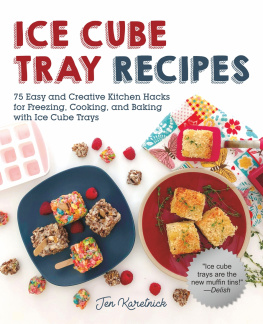
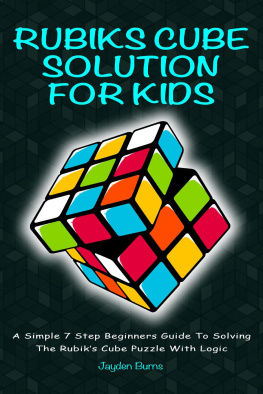


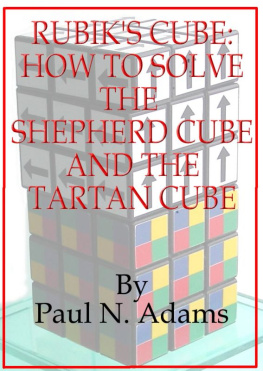
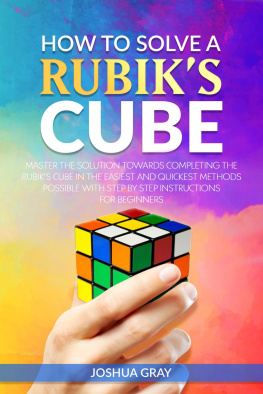
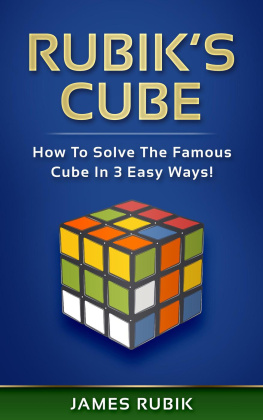
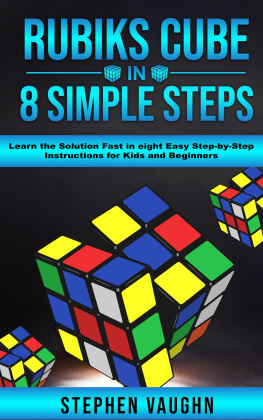
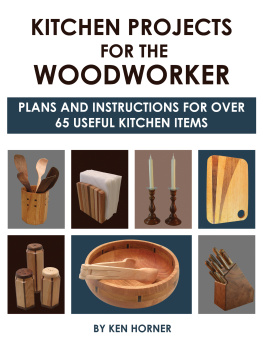
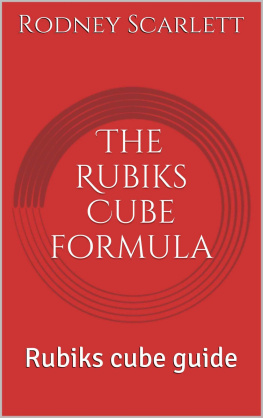
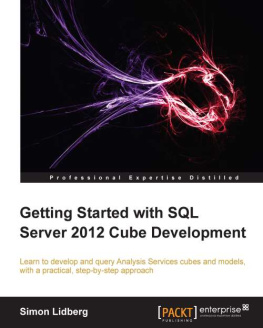
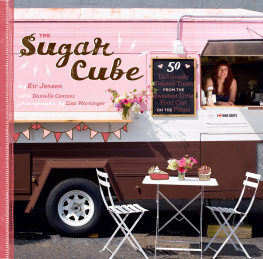


 Copyright 2019 by Jen Karetnick Photographs copyright 2019 by Jen Karetnick All rights reserved. No part of this book may be reproduced in any manner without the express written consent of the publisher, except in the case of brief excerpts in critical reviews or articles. All inquiries should be addressed to Skyhorse Publishing, 307 West 36th Street, 11th Floor, New York, NY 10018. Skyhorse Publishing books may be purchased in bulk at special discounts for sales promotion, corporate gifts, fund-raising, or educational purposes. Special editions can also be created to specifications. For details, contact the Special Sales Department, Skyhorse Publishing, 307 West 36th Street, 11th Floor, New York, NY 10018 or .
Copyright 2019 by Jen Karetnick Photographs copyright 2019 by Jen Karetnick All rights reserved. No part of this book may be reproduced in any manner without the express written consent of the publisher, except in the case of brief excerpts in critical reviews or articles. All inquiries should be addressed to Skyhorse Publishing, 307 West 36th Street, 11th Floor, New York, NY 10018. Skyhorse Publishing books may be purchased in bulk at special discounts for sales promotion, corporate gifts, fund-raising, or educational purposes. Special editions can also be created to specifications. For details, contact the Special Sales Department, Skyhorse Publishing, 307 West 36th Street, 11th Floor, New York, NY 10018 or .